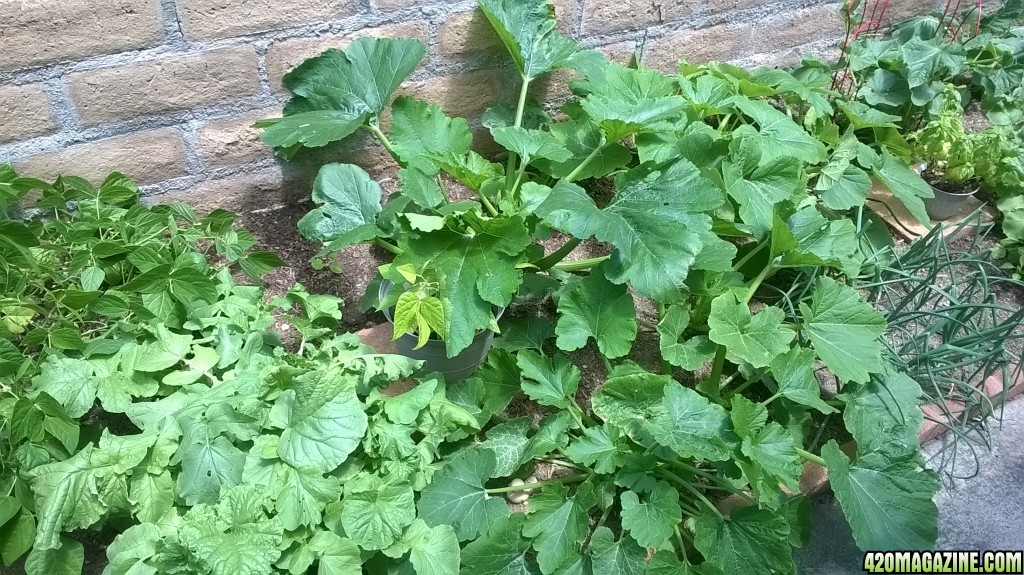Bigjoemeat
New Member

How To Use Progressive Web App aka PWA On 420 Magazine Forum
Note: This feature may not be available in some browsers.


The tar in regular roofing shingles is a good point. I would think that after a couple of months of sunshine and then rain showers and storms the loose solvents in the tar would be cleared off. I know that I can smell the tar from a new roofing job for a week or two after installation.Hmmm. I guess pay attention to what the roofing material is, as some (with tar for example) could be a bit toxic. But the fact that yours is 15 ppm says it’s quite pure.
Also I wouldn’t expect the rainwater to be as sterile as town water if you’re running some sort of sterile DWC setup. But for most growers that doesn't matter.
 . With the bit of overlap the shelf roof is 4 foot by 8 foot and collects 10 to 15 gallons on a typical rain or thunderstorm. An all day heavy rain is 20 and up.
. With the bit of overlap the shelf roof is 4 foot by 8 foot and collects 10 to 15 gallons on a typical rain or thunderstorm. An all day heavy rain is 20 and up.